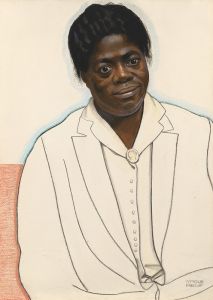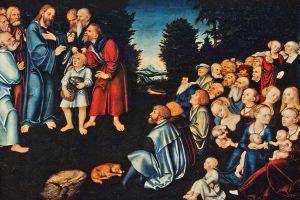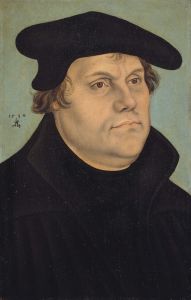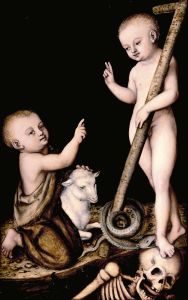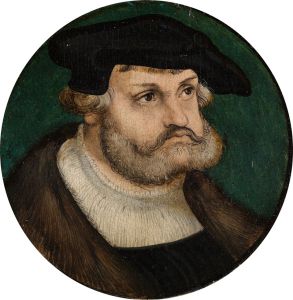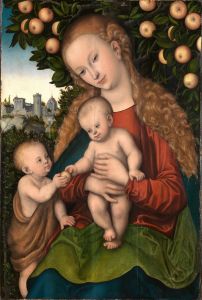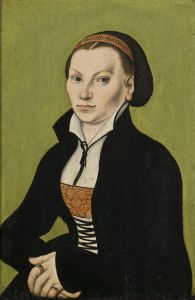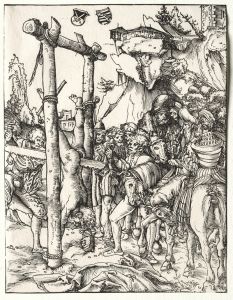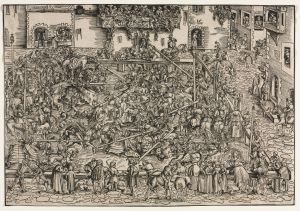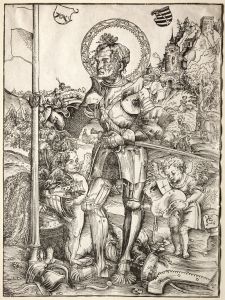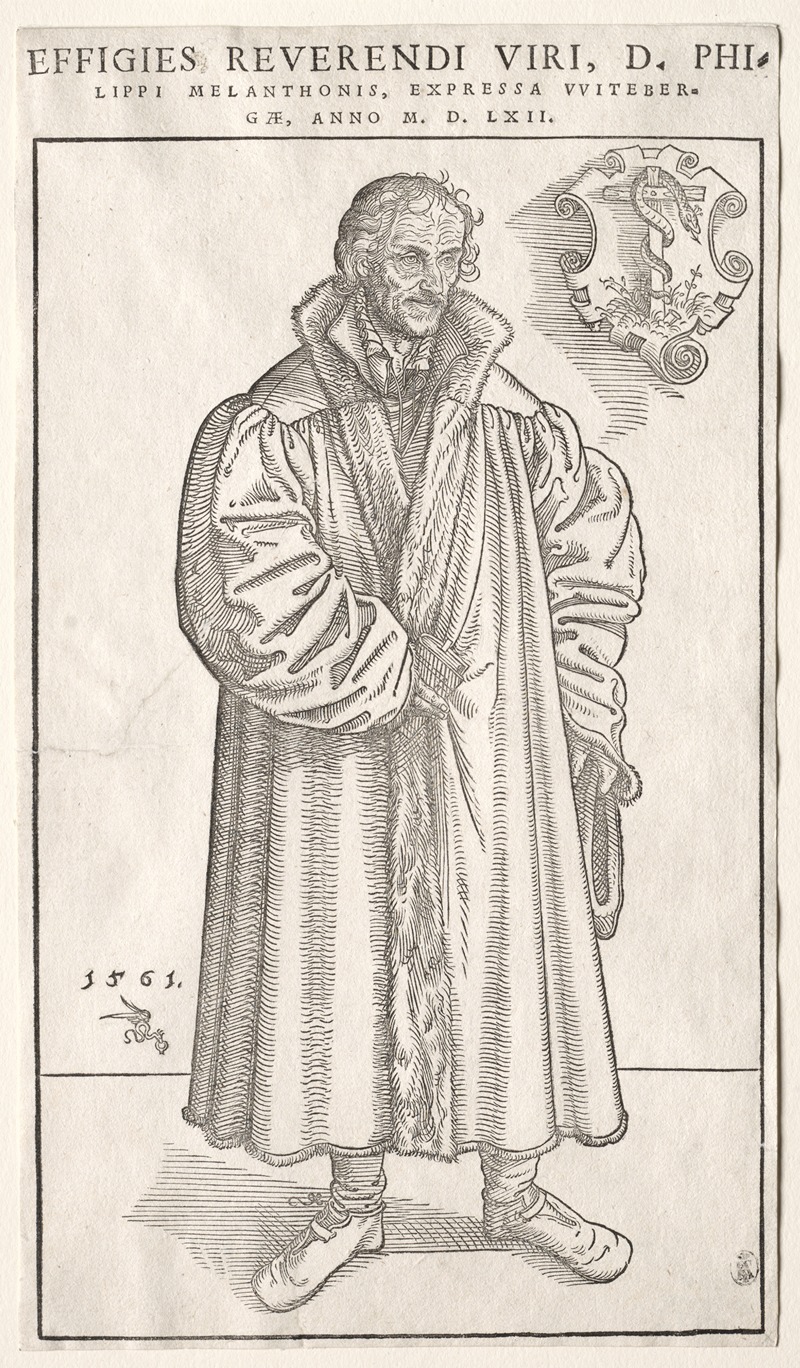
Philipp Melanchthon
A hand-painted replica of Lucas Cranach the Elder’s masterpiece Philipp Melanchthon, meticulously crafted by professional artists to capture the true essence of the original. Each piece is created with museum-quality canvas and rare mineral pigments, carefully painted by experienced artists with delicate brushstrokes and rich, layered colors to perfectly recreate the texture of the original artwork. Unlike machine-printed reproductions, this hand-painted version brings the painting to life, infused with the artist’s emotions and skill in every stroke. Whether for personal collection or home decoration, it instantly elevates the artistic atmosphere of any space.
Lucas Cranach the Elder, a prominent German Renaissance painter, created a portrait of Philipp Melanchthon, a key figure in the Protestant Reformation. This artwork is one of several portraits Cranach painted of Melanchthon, reflecting the close relationship between the artist and the Reformation movement. Cranach was a personal friend of Martin Luther and an active supporter of the Reformation, and his workshop produced numerous portraits of its leaders, including Melanchthon.
Philipp Melanchthon (1497–1560) was a German reformer, theologian, and collaborator of Martin Luther. He played a significant role in shaping Protestant theology and education, earning him the title "Praeceptor Germaniae" (Teacher of Germany). Melanchthon's intellectual contributions, particularly his work on the Augsburg Confession, were instrumental in defining the theological foundations of Lutheranism.
The portrait by Cranach the Elder captures Melanchthon in a dignified and intellectual manner, consistent with the artist's style and the conventions of portraiture during the Renaissance. Cranach was known for his ability to convey the personality and status of his subjects, and in this work, he emphasizes Melanchthon's scholarly demeanor. The painting typically depicts Melanchthon in formal attire, with a serious expression that reflects his role as a theologian and educator.
Cranach's portraits of Reformation figures, including this one of Melanchthon, were not only works of art but also served as tools of communication and propaganda. By portraying leaders like Melanchthon in a positive and authoritative light, Cranach helped to promote the ideals of the Reformation and solidify the public image of its key figures.
The exact date of this particular portrait is not always specified, as Cranach and his workshop produced multiple versions and copies of portraits of Melanchthon and other reformers. These works were widely distributed, contributing to the dissemination of Reformation ideas across Europe.
The painting is an example of Cranach's characteristic style, which combines elements of Northern Renaissance realism with a focus on individual expression. His use of fine detail, particularly in the rendering of facial features and clothing, demonstrates his skill as a portraitist.
Today, versions of Cranach's portraits of Philipp Melanchthon can be found in various museums and collections, serving as important historical artifacts that provide insight into the Reformation era and its key figures.





